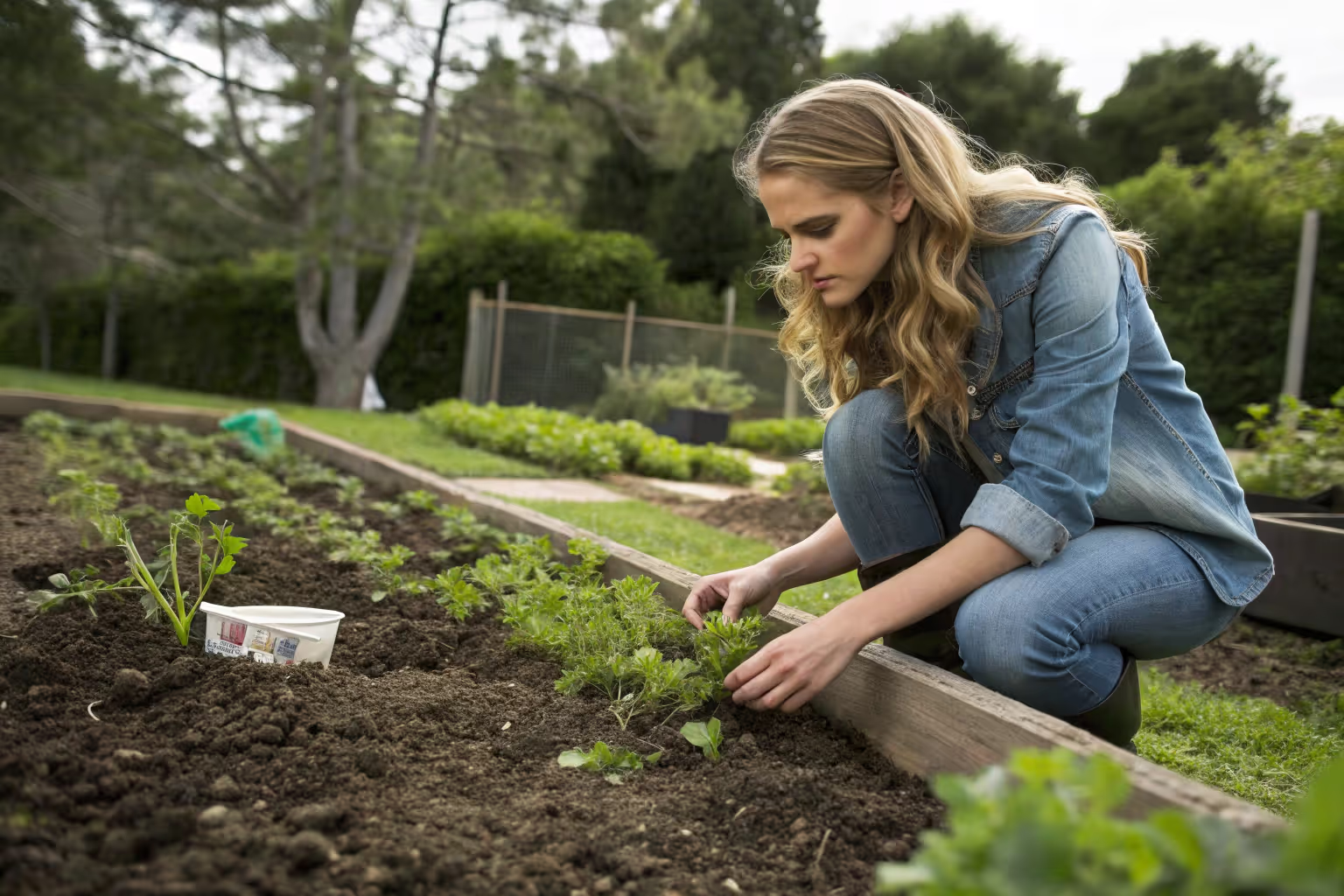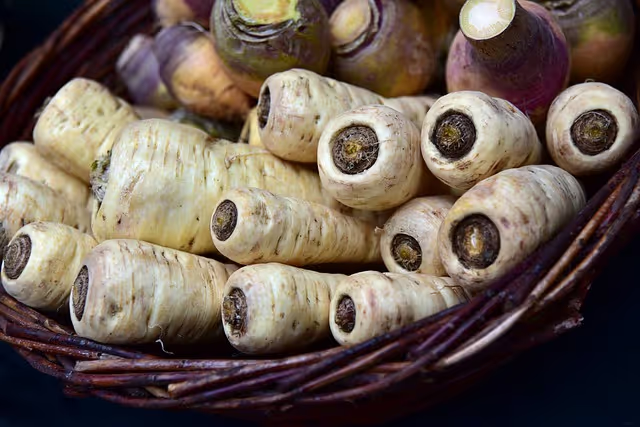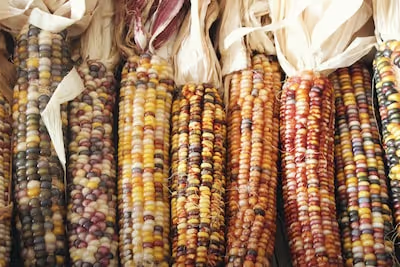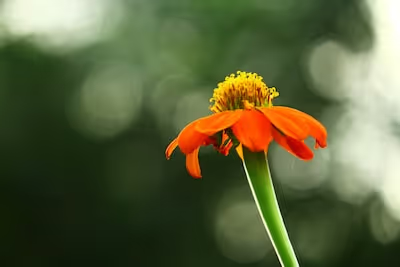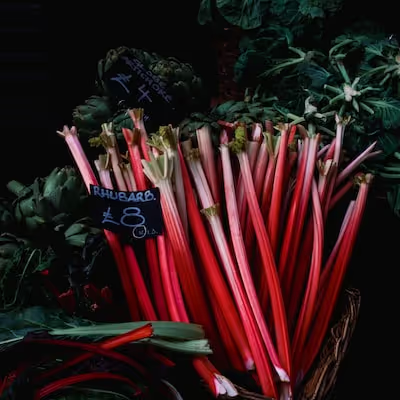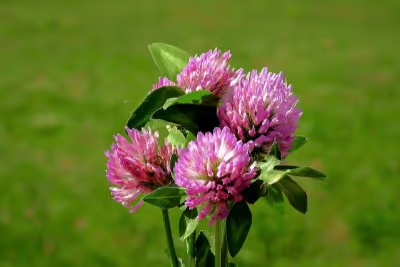Growing Cilantro: Simple Steps for Fresh, Flavorful Herbs
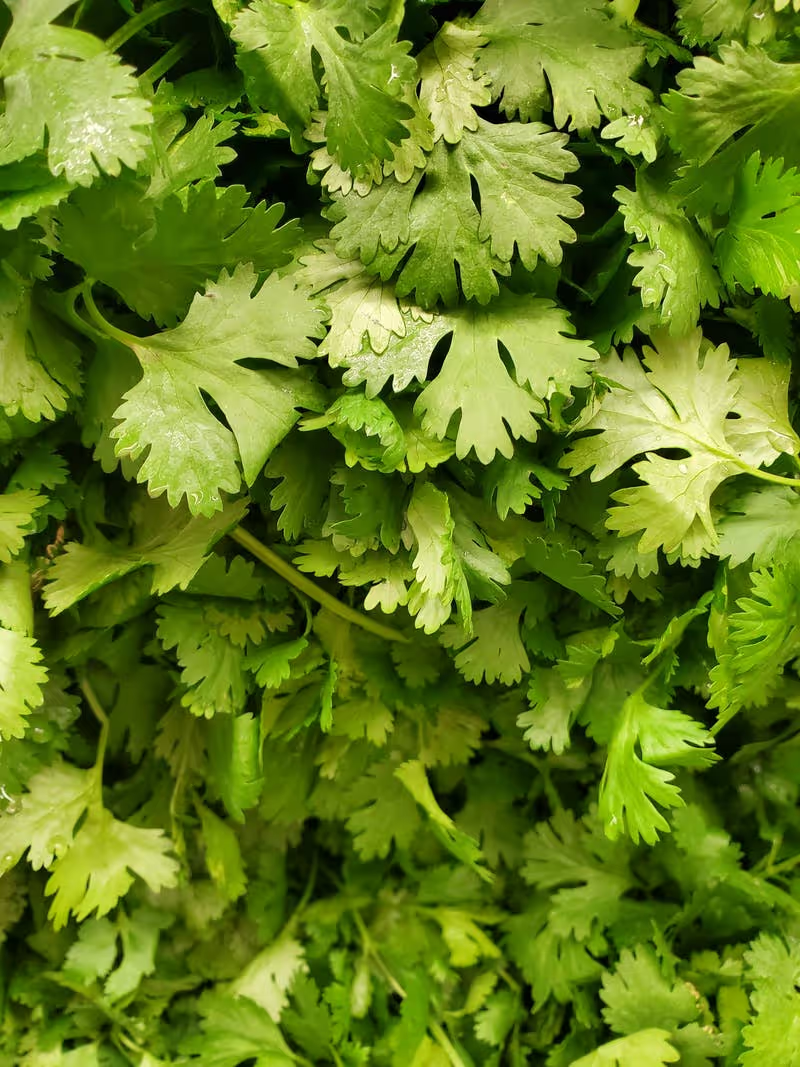
Growing Cilantro
Growing cilantro rewards patience, sunlight, and loose, well-drained soil. Start by scattering seeds thinly and shallowly, spacing rows six inches apart, then water gently and consistently. Growing cilantro from seed to vibrant herb takes minimal fuss—read on to master planting techniques for the freshest garden-to-table flavor.
Cheatsheet: Cilantro Growing Made Easy
🌱 Site & Soil
- Sun: 4–6 hrs direct (partial in hot climates)
- Soil: Moist, drains well, pH 6.2–6.8
- Temp: 55–75°F (13–24°C) ideal
🌾 Sowing Seeds
- Sow direct; hates transplant shock
- Plant 1⁄4 in / 0.6 cm deep, 2 in / 5 cm apart
- Thin to 4–6 in / 10–15 cm apart
- Succession sow every 2–3 weeks for steady harvest
💧 Water & Feed
- Keep soil evenly moist, not soggy
- Mulch: Holds moisture, blocks weeds
- Fertilize every 4 weeks (half-strength balanced liquid feed)
🌿 Harvest
- Clip leaves early, 4–6 in / 10–15 cm tall
- Cut outer stems first, avoid uprooting
- Use or freeze immediately for best flavor
- Leaves lose 30–40% aroma in 3 days after harvest
🍽️ Nutrition & Use
- High in vitamin K, A, antioxidants
- Promotes detox, digestion, may help blood sugar regulation
- Add fresh at end of cooking to preserve volatile oils
🧰 Tools and Products You’ll Need
- Cilantro seeds
- Good quality compost or soil
- Mulch (straw/leaves/grass clippings)
- Hand trowel
- Watering can or hose with fine spray
- Sharp scissors
- Pots (8 in / 20cm+ across) for container growing
🔁 Common Issues
- Bolts fast above 75°F (24°C); sow in cooler periods
- Aphids & mildew: encourage airflow, avoid overhead watering
- Rotate crops, don’t replant in same spot yearly
Prepare soil: Loosen, blend compost, check pH.
Sow seeds: Direct seed, cover shallowly, water gently.
Thin & mulch: Space seedlings, add mulch after sprouting.
Water & feed: Maintain moisture, fertilize monthly.
Harvest: Snip outer leaves, keep plants growing.
-
Growing Cilantro: Simple Steps for Fresh, Flavorful Herbs
I learned to sow cilantro on cool mornings after a June heat spike vaporized a bed in three days. The plant wants a spring sprint and a fall reprise, not midsummer punishment.
Choose the right seed
Bolt-resistant varieties keep leaves longer before flowering, which means more salsa and less heartbreak. I rotate ‘Santo’, ‘Calypso’, ‘Caribe’, ‘Leisure’, and ‘Cruiser’ for steady yield.
Seed quality matters. Fresh seed germinates faster, and cilantro seed stays viable for about 2 to 3 years if kept cool and dry.
Soil, site, and setup
A loose, well-drained bed with pH 6.2 to 6.8 gives top growth. I mix in finished compost and a balanced organic fertilizer at planting to avoid leggy, nutrient-starved stems.
Full sun in cool seasons, part shade in summer. Afternoon shade or 30 percent shade cloth keeps leaves tender when temps push 80 F or 27 C.
Seeding that sticks
Direct sow. Cilantro sulks when transplanted because its taproot hates disturbance.
Sow 0.25 inch deep or 6 mm and space 2 inches or 5 cm apart, then thin to 4 to 6 inches or 10 to 15 cm for leafy plants. For cut-bunches, I broadcast and thin by harvesting baby leaves.
The seeds are paired. I gently crack them between my fingers or soak 8 hours for faster, more even sprouting.
“Best germination occurs at 55 to 68 F, 13 to 20 C.” Source: University Extension recommendations frequently cited by Penn State Extension and UC Master Gardener programs.
Temperature, daylength, and bolting
Growing Cilantro loves cool air. Ideal growth sits around 50 to 70 F or 10 to 21 C.
Long days and warm nights flip the bolt switch. My fix is succession sowing every 2 to 3 weeks and a light mulch to keep roots cool.
“Cilantro bolts rapidly in hot, dry weather and longer days.” Source: University of California Cooperative Extension.
Water and feeding
Even moisture tastes better. I give about 1 inch or 25 mm of water weekly, more in heat, on drip to keep foliage dry.
Feed lightly. A fish or seaweed feed every 2 to 3 weeks supports leaf production without pushing weak growth.
Harvest tactics that pay
Start cutting at 4 to 6 inches tall or 10 to 15 cm. I snip outer stems first, or cut bunches 1 inch or 2.5 cm above the crown and let it regrow once.
Leaves come in 25 to 35 days. Coriander seed takes 90 to 120 days, so I let the last sowing of spring run to seed for the spice rack.
Storage and flavor
Stems in a jar of cold water in the fridge last 7 to 10 days. Or chop with a little oil and freeze in trays for quick skillet drops.
For roots, thin a cluster and keep the taproot for Thai dishes. The roots carry concentrated flavor that stands up to grilling and mortar-and-pestle mashing.
Indoors and hydroponics
Indoors, I give 14 to 16 hours of light with a cool room. A PPFD around 200 to 400 µmol m⁻² s⁻¹ keeps compact leaves without overheating.
Hydroponic settings that work for me: pH 6.0 to 6.5 and EC 1.2 to 1.8 mS/cm. Keep solution cool and moving, and harvest small and often.
Pests and diseases
Aphids, leafhoppers, and whiteflies show up first. A weekly hard water spray and a quick check under leaves keeps populations in line.
Powdery mildew and damping-off hit crowded, wet canopies. I space plants well, water at soil level, and clip low foliage to improve airflow.
“Cilantro flowers attract hoverflies, lacewings, and parasitic wasps.” Source: ATTRA Sustainable Agriculture and multiple Extension publications.
Saving seed and getting great coriander
Let umbels dry on the plant until tan, then bag and snip. Dry fully, rub free, and cure another week before jars.
Green coriander is a sleeper ingredient. Pick it while the seeds are still soft and lime-green for bright citrus pop over grilled fish and cucumbers.
Best bolt-resistant cilantro and summer stand-ins
- ‘Calypso’: bolt tolerant and high leaf count. Reliable in my late spring sowings.
- ‘Caribe’: quick leaf mass and steady flavor in cool weather.
- ‘Santo’: classic market bunching type with sturdy stems.
- ‘Leisure’: dependable early sowings and solid coriander seed set.
- ‘Delfino’: ferny leaves with fine texture for garnish work.
- Culantro Eryngium foetidum: tropical cousin that thrives in heat and shade. The flavor hits harder, and it carries tacos through August.
Companions that pull their weight
Cilantro between lettuces makes a living shade patch. It also pairs well with onions, potatoes, and brassicas while flowers feed beneficials that patrol aphids on nearby peppers.
Quick calendar by season
Early spring: sow every 2 weeks once soil hits 50 F or 10 C. Use row cover to speed germination and block leafhoppers.
Early summer: switch to part shade and a bolt-resistant variety. Increase water and harvest small and fast.
Late summer to fall: resume full sun, heavier sowings, and plan a coriander seed run. First frost sweetens flavor but harvest before a hard freeze.
Gear I actually use for Growing Cilantro
- 30 percent shade cloth with clips for heat spells. It buys me 10 to 14 extra harvest days most summers.
- Drip line on a timer for even moisture without wet foliage.
- Biodegradable pots only if I must transplant, set intact to protect the taproot.
- Balanced organic fertilizer around 4-4-4 for pre-plant and a mild liquid feed for mid-run top-ups.
- LED grow light with a timer for indoor crops, set cool and bright.
- Fine seed sower or a spice jar with holes to spread seed evenly and avoid clumps.
Answers to questions I hear all the time
Why does cilantro taste like soap to some people. Certain people carry a variant of the OR6A2 olfactory receptor, which picks up aldehydes also found in soaps and coriander leaves.
Can I transplant cilantro. You can, but direct seeding outperforms because the taproot resents disturbance.
Why did my cilantro bolt fast. Heat, long days, and dry soil trigger it, so use shade, steady water, and sow again every 2 to 3 weeks.
How much can I harvest without killing the plant. I take no more than a third of the foliage at a time, then let it rebound for 5 to 7 days.
Field notes and credible sources
I track dates, temperatures, and yields, and bolt-resistant lines consistently stretch harvests in my plots by one to two weeks. Shade and succession make the biggest difference during long days.
“Cilantro prefers cool conditions and can be grown spring and fall; hot weather leads to flowering.” Source: Royal Horticultural Society and multiple US Extension guides.
For deeper reading, I rely on UC Master Gardener guidance, Penn State Extension herb sheets, ATTRA’s beneficial insect habitat notes, and USDA herb profiles. Their recommendations match what I see in the beds, and they keep the hype out of the way of good harvests.
Frequently Asked Questions About Growing Cilantro
What's the ideal time of year to begin growing cilantro?
Cilantro thrives best in cool, mild weather. Start sowing seeds outdoors in early spring, around 50–80°F (10–27°C), as soon as frost risk subsides. For a continuous harvest, sow additional seeds every two to three weeks until late spring and again in early autumn.
How deep should cilantro seeds be planted?
Plant cilantro seeds approximately ¼ inch (0.6 cm) deep, spacing seeds around 1–2 inches (2.5–5 cm) apart. After germination, thin seedlings to about 6–8 inches (15–20 cm) apart to promote fuller growth.
Does cilantro require full sun or partial shade?
Cilantro prefers a sunny location with partial afternoon shade. Position your planting site so that it receives at least 4–6 hours of direct sunlight daily. A slight afternoon shade helps cilantro withstand warmer seasons without bolting prematurely.
How often should cilantro be watered?
Provide cilantro with regular, balanced moisture, ideally watering once or twice weekly. Check the soil surface frequently; if the top inch (2.5 cm) feels dry, it's time to water. Ensure adequate drainage to prevent root rot.
What's the right soil type for cilantro?
Cilantro prefers well-drained, loamy soil enriched with organic compost. Aim for soil with a neutral to slightly acidic pH between 6.2 and 6.8. Mixing compost or aged manure into the planting bed fosters healthy growth and flavor.
What's the best approach to prevent cilantro from bolting?
Bolting, or premature flowering, often occurs when cilantro is exposed to hot weather. Avoid this by planting early in spring or later in the cooler months of autumn. Providing partial shade during hot afternoons, regular watering, and frequent harvesting can also delay bolting.
How should cilantro leaves be harvested?
Harvest cilantro gently by snipping off outer leaves once plants reach around 6 inches (15 cm) tall. Collect only one-third of the plant at a time, promoting steady regrowth for ongoing harvests. Frequent trimming also extends the harvesting window.
Growing cilantro rewards you with flavor that store-bought herbs just can’t touch. Start with good seed, keep the soil moist but not soggy, and harvest leaves young for the brightest taste. Don’t fight its urge to bolt—let a few plants go to seed for a steady supply, or use the seeds as coriander in your kitchen. Rotate beds and re-sow every couple weeks for a near-constant crop. If you’re hungry for more homegrown flavor, try pairing cilantro with other fresh picks like lettuce or arugula. With a little attention and a pinch of patience, you’ll always have a handful of fresh, flavorful herbs ready for your next meal.
The Prepper's Guide to Growing Cilantro for Survival and Self-Sufficiency
Long-Term Seed Storage
- Dry cilantro seeds completely; moisture reduces seed viability.
- Store in airtight glass jars or mylar bags with oxygen absorbers.
- Label and rotate seeds annually; viable up to 5 years when properly sealed.
Rapid Harvest Technique
Grow cilantro densely in crisis scenarios—broadcast seeds thickly in trays for microgreens harvest within 12–15 days, providing essential nutrients and flavor quickly.
Cilantro Nutritional Profile for Survival Diets
- Vitamin-C-rich: approximately 27 mg per 100 g fresh cilantro, aids immune function.
- High content of Vitamin K: 310 mcg per 100 g, vital for blood clotting.
- Mineral dense: Iron, potassium, and magnesium to sustain bodily functions in restrictive diets.
Pest and Disease Control without Chemicals
Attract beneficial insects (ladybugs, lacewings) by planting dill or fennel nearby; naturally reduce aphid populations damaging cilantro.
Seed Collection for Self-Reliance
- Allow plants to flower and dry thoroughly; brown seed heads signal harvest readiness.
- Harvest during dry weather; shake gently into paper bag to collect seeds without loss.
- Maintain continual seed supply, increasing survival preparedness.
Find out which plants will thrive in your garden!
Answer a few fun questions and get custom plant recommendations perfect for your space. Let’s grow something amazing together!

start your season
